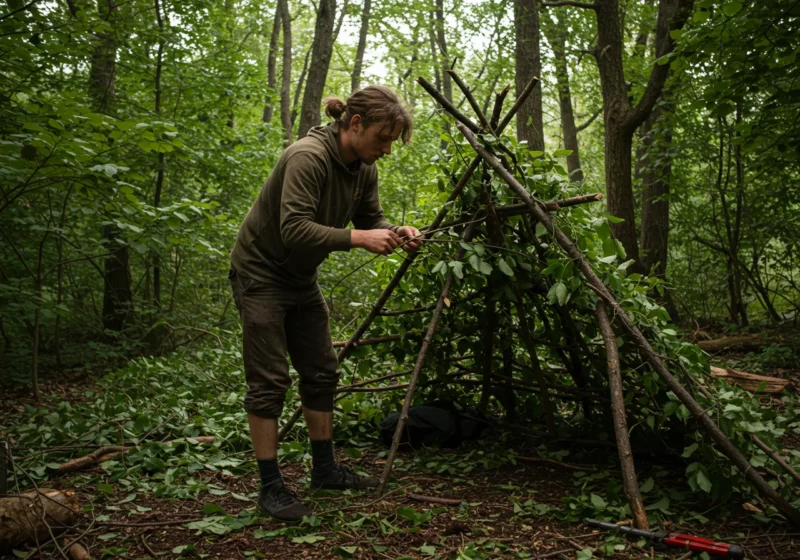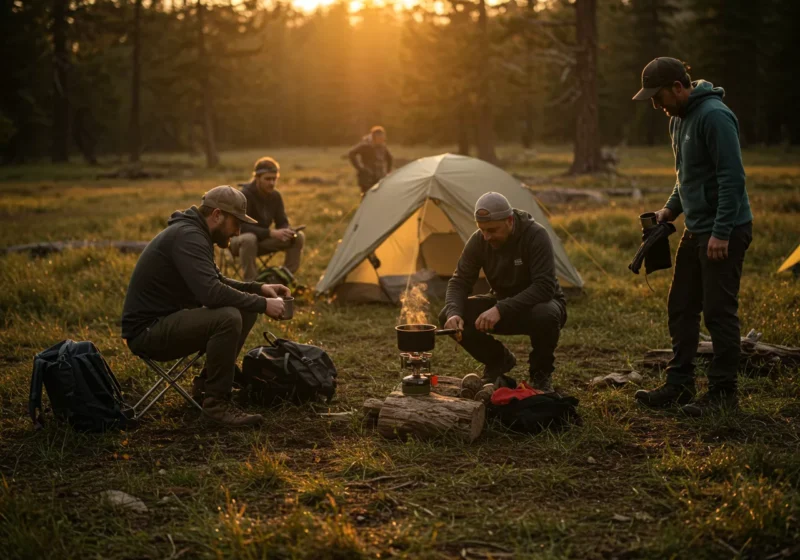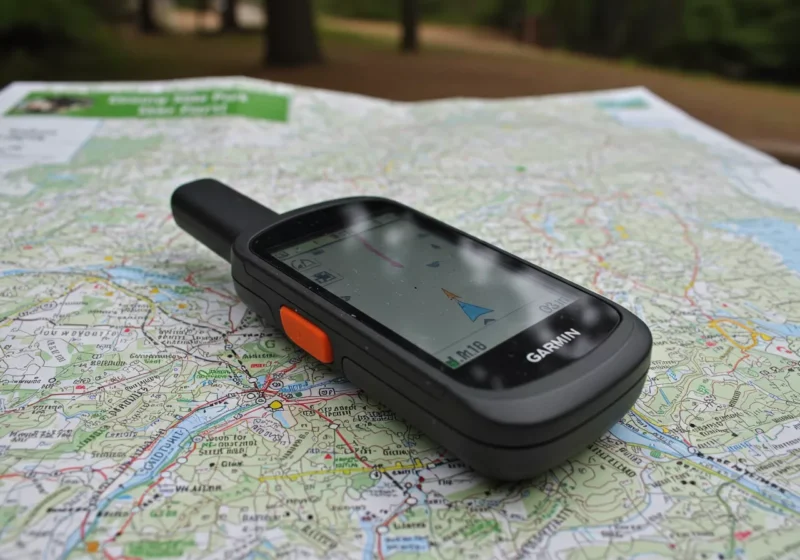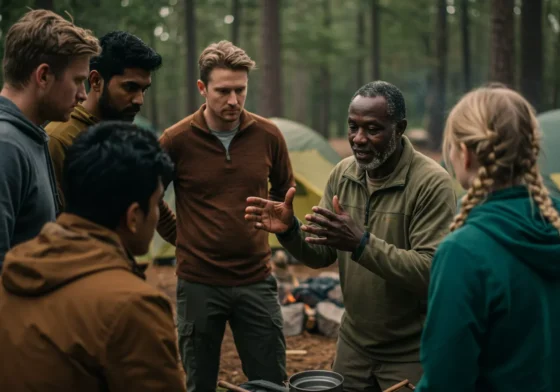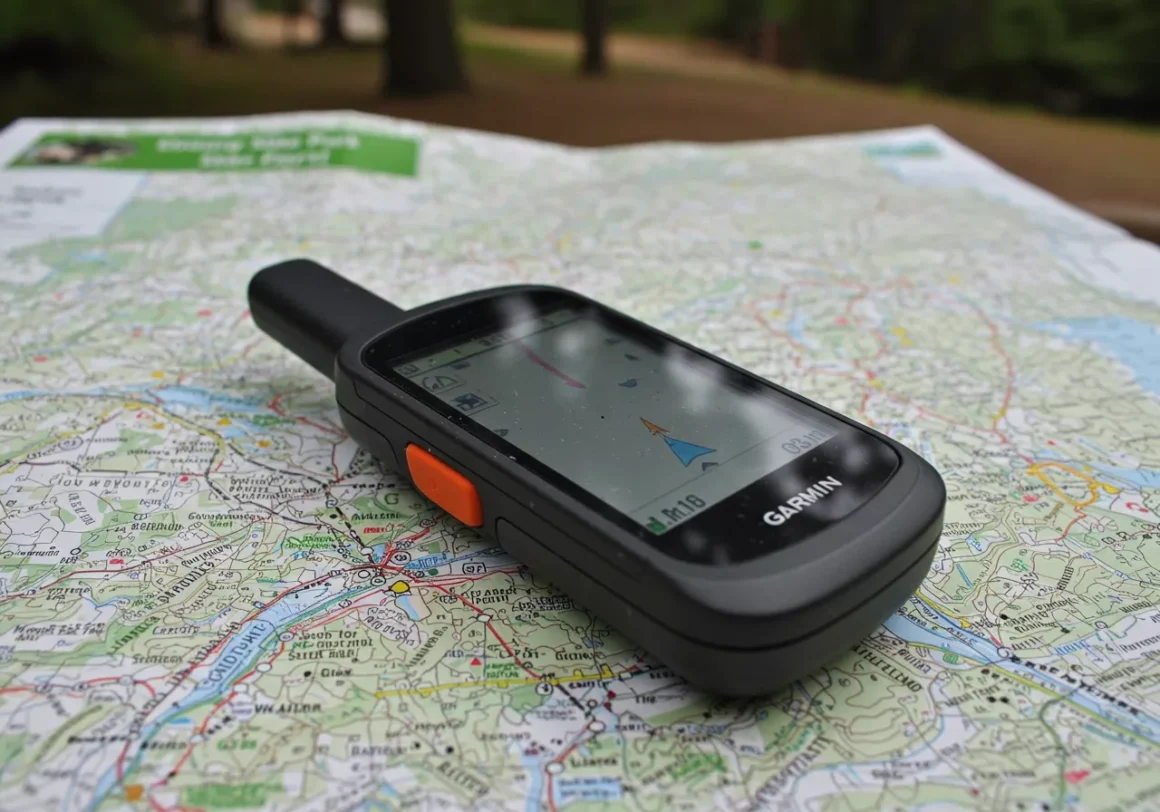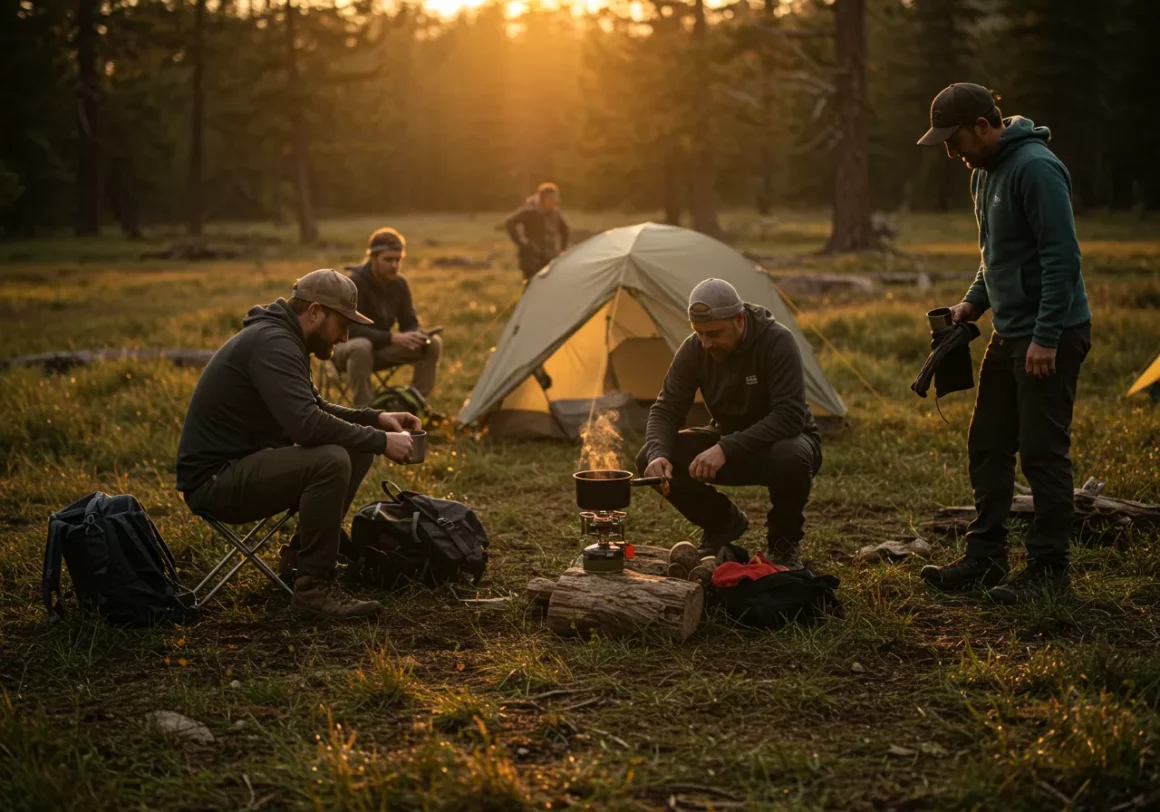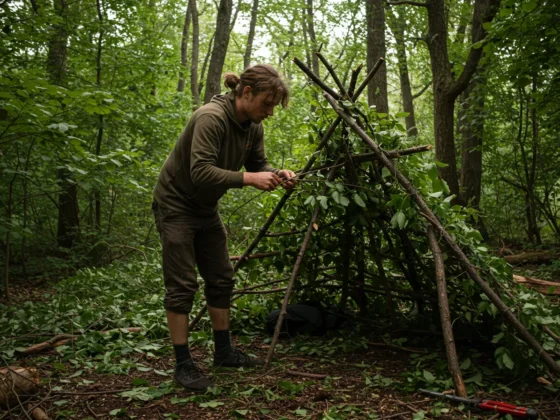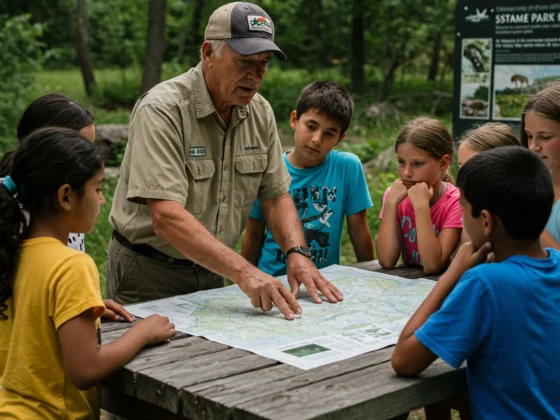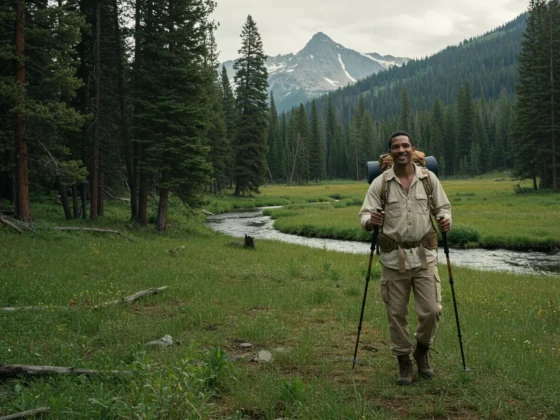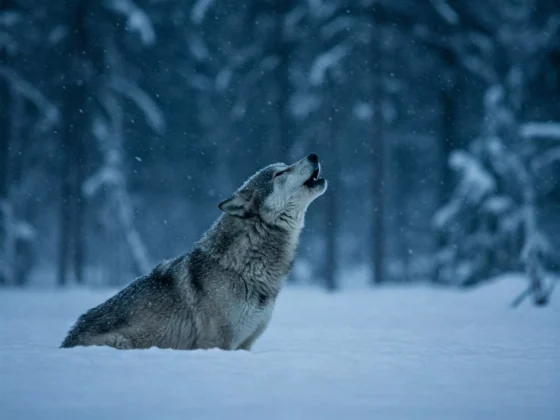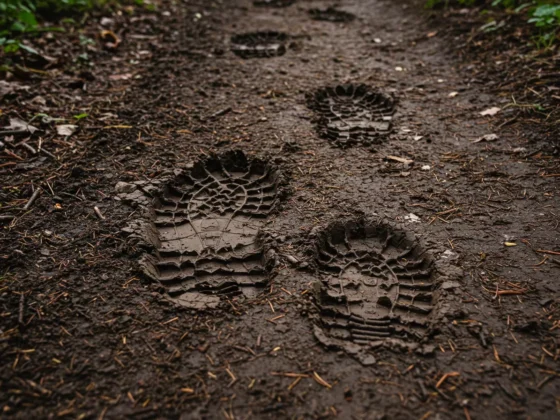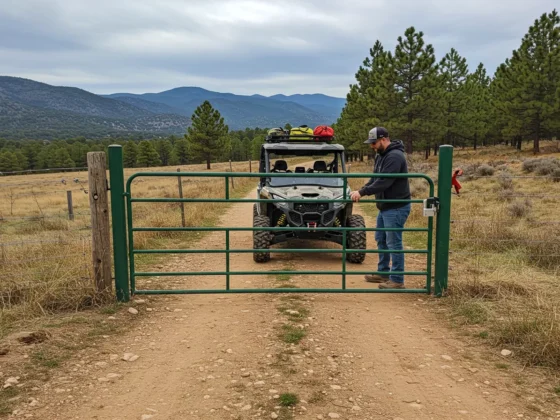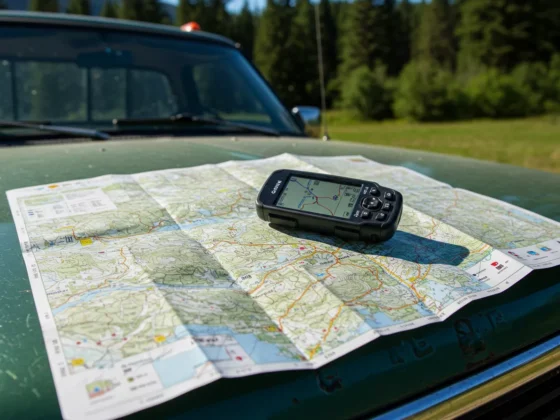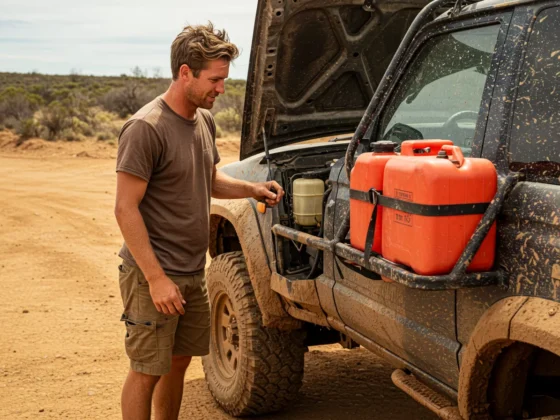Stepping away from the hum of the paved world and into the quiet theatre of the wild, there’s a profound shift. It’s more than just a change of scenery; it’s a recalibration of the senses, a shedding of the unnecessary. Here, the rhythm of the day is dictated by the sun and the wind, the conversation is between you and the rustling leaves, the challenge is the slope of the trail or the sudden chill in the air. This is where we find a deeper connection, not just to nature, but to ourselves. Embracing the wild isn’t about conquering it; it’s about understanding it, respecting it, and finding our place within its grand design. It’s about building skills, yes, but more importantly, it’s about building a relationship. It’s here, under vast skies, that simple acts take on immense meaning, like finding a place to rest your head for the night.
There’s a unique kind of comfort that comes from knowing you have a reliable spot to weather whatever the backcountry throws your way. Whether it’s the tried-and-true reliability of a well-pitched tent standing stout against a sudden squall, the ingenious simplicity of a tarp set just right to catch the prevailing breeze while deflecting the rain, or even the primitive satisfaction of constructing a debris hut from the materials the forest generously provides, having that personal space is paramount. It’s more than just a physical barrier; it’s a psychological anchor in the vastness, a place to regroup, to dry out socks, and to simply be. The wind might howl, and the rain might drum a steady rhythm, but inside your chosen haven, you find your peace. And once you’ve secured your shelter, the next thought often turns to warmth and sustenance.
Few things resonate as deeply with the human spirit in the outdoors as a flickering fire. It’s the heart of a camp, a beacon in the fading light, offering not just physical warmth against the creeping chill but also a primal comfort that settles the soul. Learning to coax a flame from tinder, even on a damp day, is a skill that builds confidence and connection to ancient ways. A well-built fire provides the means to cook a simple meal that tastes better than any five-star fare, to boil water for safety, and to simply gather ‘round and share quiet moments or lively stories. It demands patience and respect, teaching you to work with nature’s offerings. Getting a fire going is one thing, but knowing where you are is equally vital.
Finding your way through the wilderness is a skill that empowers and liberates. While modern technology has its place, there’s an enduring satisfaction in unfolding a paper map and orienting yourself with a compass, feeling the contours of the land come to life under your finger. Learning to read the subtle signs the natural world provides – the direction of moss growth, the flow of water, the position of the sun or stars – adds layers to your understanding and appreciation of the landscape. Getting a bit turned around is part of the learning process for anyone who spends time off the beaten path, but developing reliable navigation skills ensures those detours are temporary and not a source of real trouble. Knowing your position and intended route provides the freedom to explore with confidence, and with that freedom comes a responsibility to the places we visit.
Our presence in the wild should be like a whisper, felt but leaving no lasting mark. The principle of Leave No Trace isn’t just a set of rules; it’s a philosophy of respect for the natural world and for those who will come after us. It’s about making conscious choices, like camping on durable surfaces, disposing of waste properly (and yes, that includes packing out everything you pack in), and leaving plants, rocks, and historical artifacts as you find them. It’s about minimizing campfire impacts and traveling quietly, observing wildlife from a distance. Every small action, or inaction, contributes to the preservation of the beauty and integrity of these places we cherish. It’s the ultimate expression of gratitude for the experiences the wild provides.
Conclusion: Respect the Wild
Embracing the wild is an ongoing journey, a path of continuous learning and deepening connection. It’s in the deliberate act of pitching your shelter as twilight gathers, the quiet concentration of building a life-giving fire, the focused practice of finding your way through varied terrain, and the conscious effort to leave the land undisturbed. These aren’t just skills; they are practices that build resilience, foster self-reliance, and cultivate a profound respect for the intricate balance of the natural world. As outdoorsmen, these foundational elements – shelter, fire, navigation, and stewardship – are the bedrock upon which all our adventures are built, allowing us to step further, see more clearly, and understand more deeply our place within the grand, wild tapestry.


